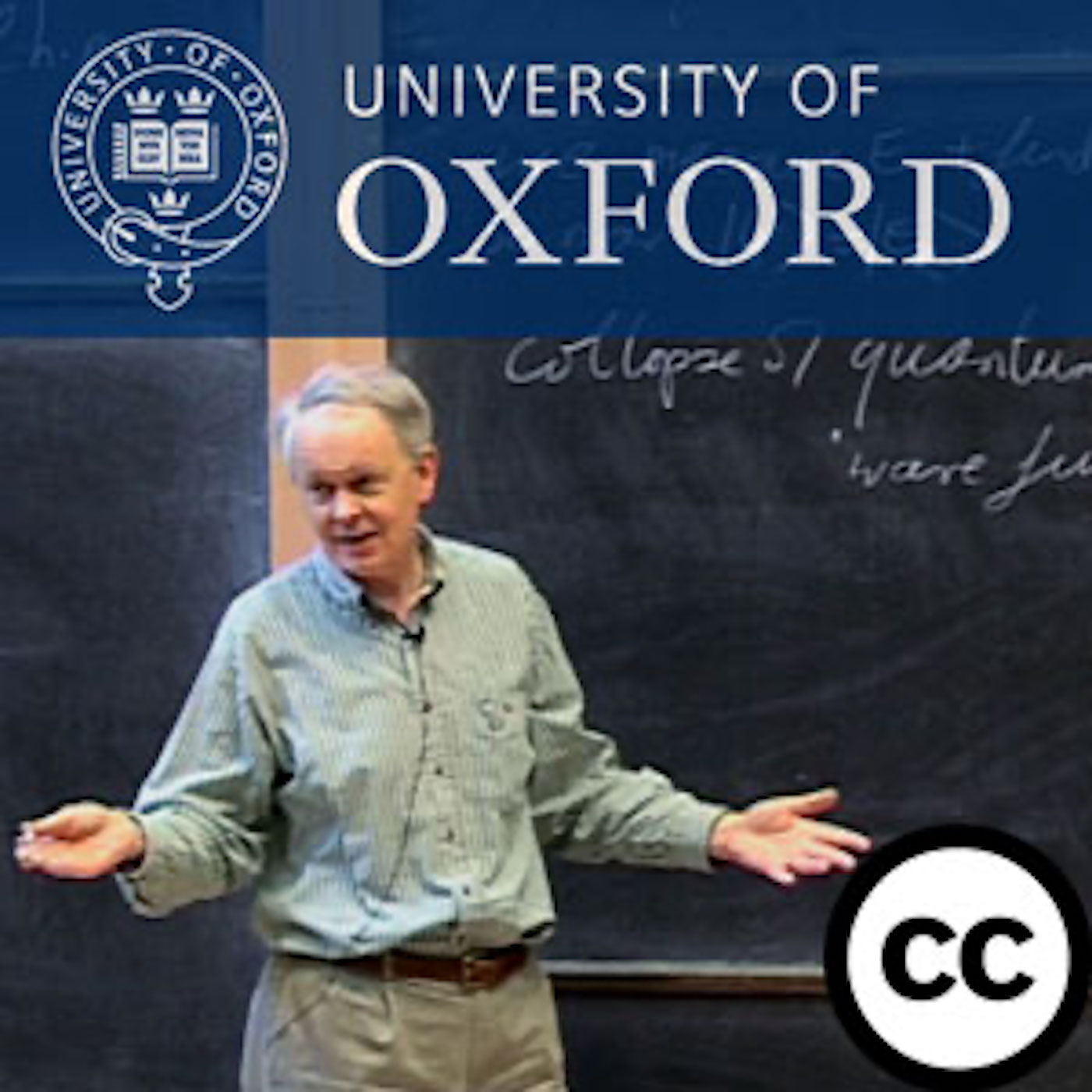Latest episodes of the podcast Quantum Mechanics
027 Hydrogen part 3 Eigenfunctions
05/03/2010
026 Hydrogen part 2 Emission Spectra
05/03/2010
025 Hydrogen part 1
05/03/2010
022 Spin Angular Momentum
05/03/2010
018 Angular Momentum
04/02/2010
015 Tunnelling and Radioactive Decay
26/01/2010
013 Hilary: The Square Well
26/01/2010
 ZARZA We are Zarza, the prestigious firm behind major projects in information technology.
ZARZA We are Zarza, the prestigious firm behind major projects in information technology.
